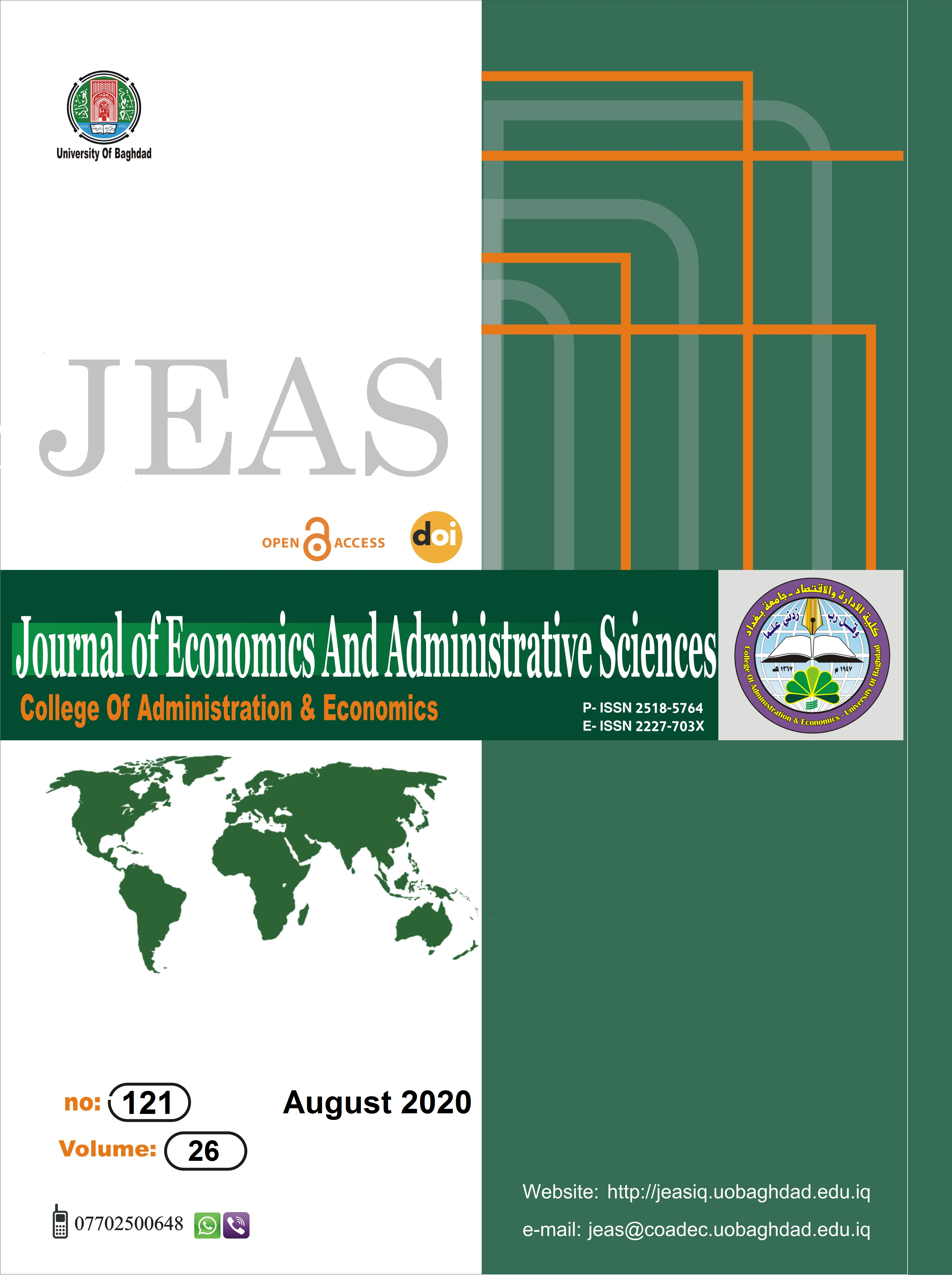Proposing Robust IRWs Technique to Estimate Segmented Regression Model for the Bed load Transport of Tigris River with Change Point of Water Discharge Amount at Baghdad City
DOI:
https://doi.org/10.33095/jeas.v26i121.1958Keywords:
segmented linear regression, change point, reparameterization, M-estimator, S-estimator, bed-load transport, hydrology of water bodies.Abstract
Segmented regression consists of several sections separated by different points of membership, showing the heterogeneity arising from the process of separating the segments within the research sample. This research is concerned with estimating the location of the change point between segments and estimating model parameters, and proposing a robust estimation method and compare it with some other methods that used in the segmented regression. One of the traditional methods (Muggeo method) has been used to find the maximum likelihood estimator in an iterative approach for the model and the change point as well. Moreover, a robust estimation method (IRW method) has used which depends on the use of the robust M-estimator technique in segmentation ideas and using the Tukey weight function. The research’s contribution lies in the suggestion to use the S-estimator technique and using the Tukey weight function, to obtain a robust method against cases of violation of the normal distribution condition for random errors or the effect of outliers, and this method will be called IRWs. The mentioned methods have been applied to a real data set related to the bed-load of Tigris River/ Baghdad city as a response variable and the amount of water discharge as an explanatory variable. The results of the comparison showed the superiority of the proposed method.
Downloads
Published
Issue
Section
License

This work is licensed under a Creative Commons Attribution-NonCommercial-NoDerivatives 4.0 International License.
Articles submitted to the journal should not have been published before in their current or substantially similar form or be under consideration for publication with another journal. Please see JEAS originality guidelines for details. Use this in conjunction with the points below about references, before submission i.e. always attribute clearly using either indented text or quote marks as well as making use of the preferred Harvard style of formatting. Authors submitting articles for publication warrant that the work is not an infringement of any existing copyright and will indemnify the publisher against any breach of such warranty. For ease of dissemination and to ensure proper policing of use, papers and contributions become the legal copyright of the publisher unless otherwise agreed.
The editor may make use of Turtitin software for checking the originality of submissions received.


























